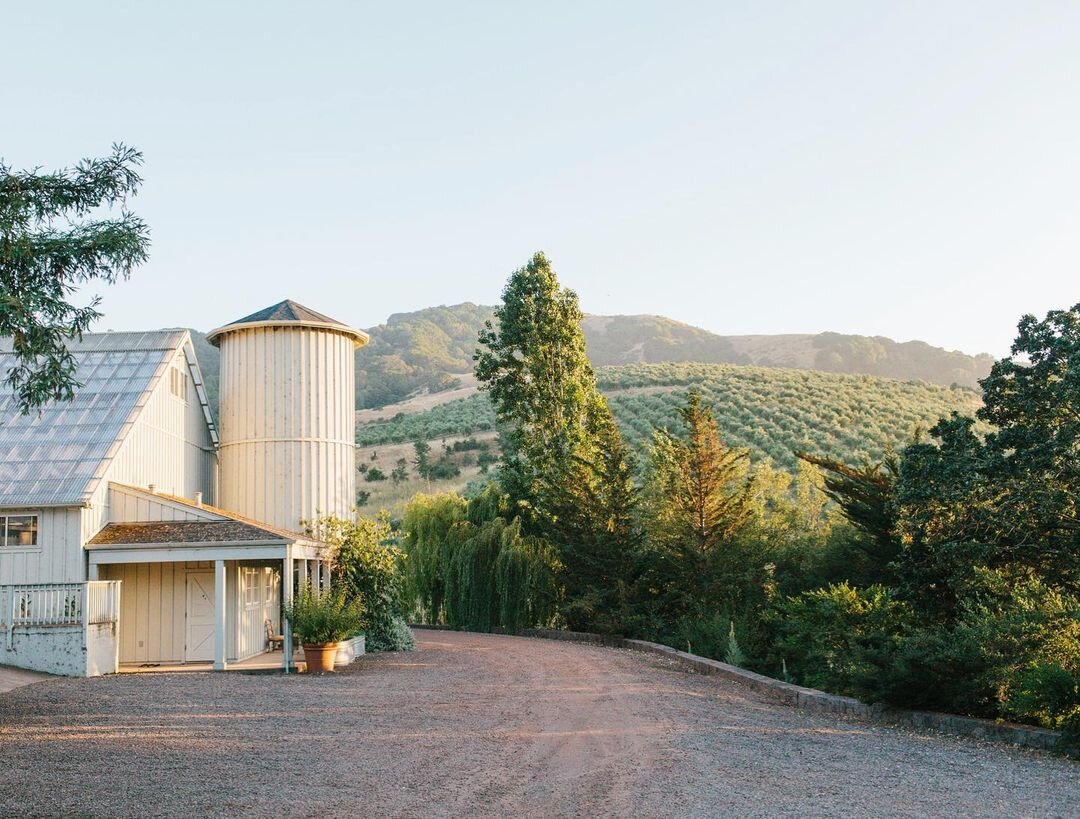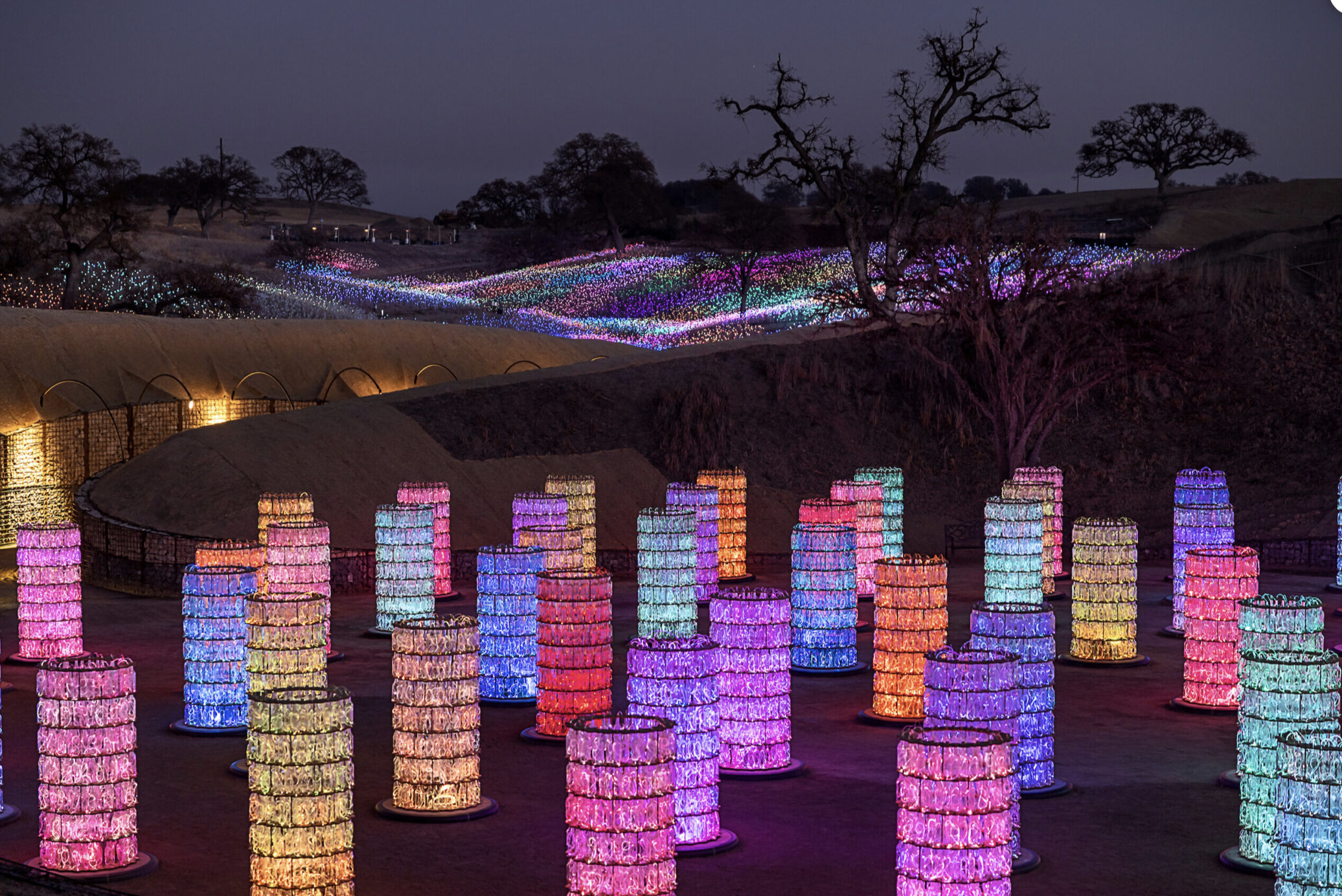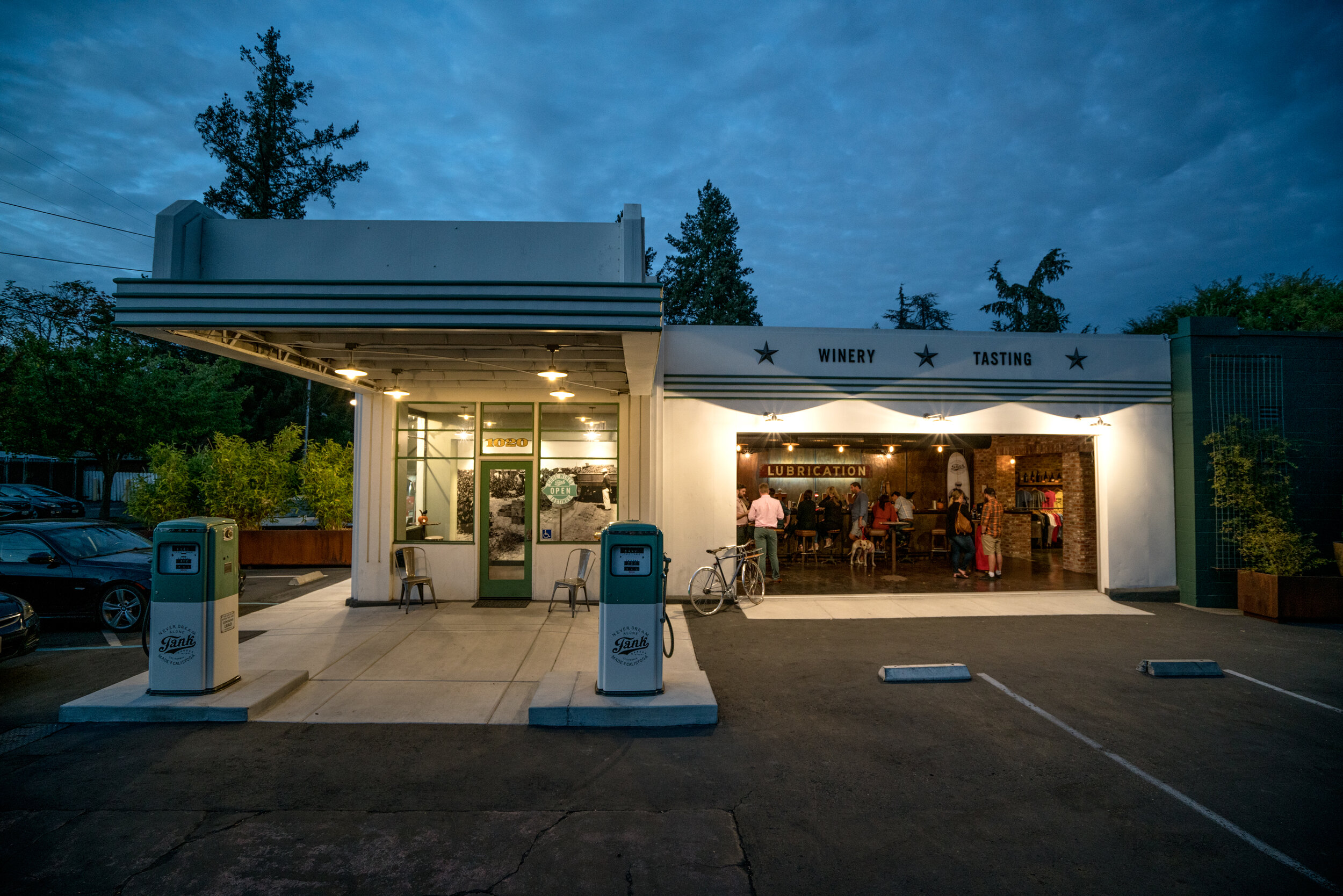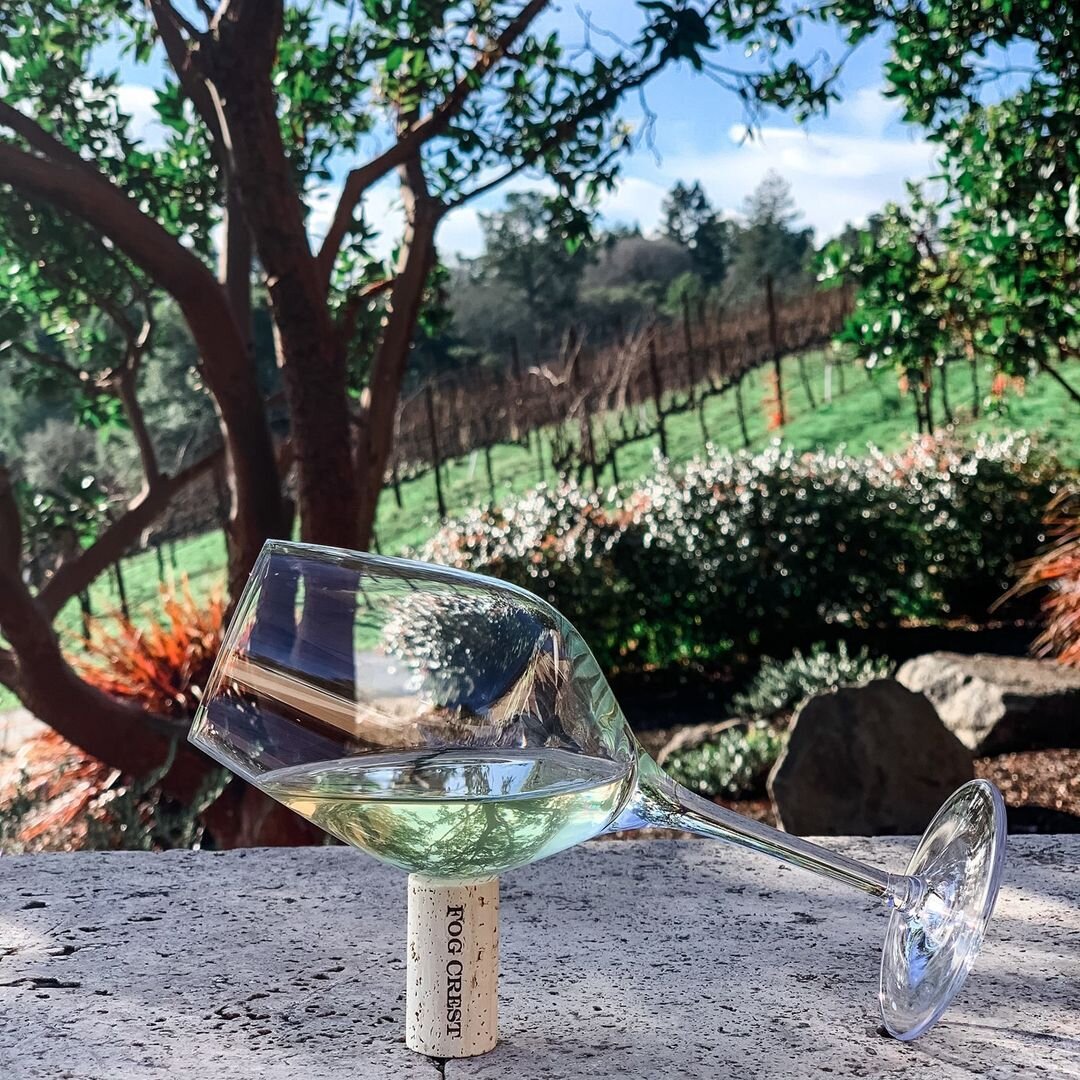
California’s Wine Country
If you’re like most of us, your early California vacations were pilgrimages to the Mouse, hitting the beach, or maybe camping in one of the state’s spectacular national parks. But when you’re an adult mapping out your own adventures, the next big California trip is going to Wine Country. Ah, but which Wine Country? And which wineries? The options are so daunting you may be inclined to pick a starting point at random – or you can let us do the picking for you.

The Basics
Napa
While the Napa Valley produces just about 1 percent of all California wine, it’s still the place to find iconic wineries like Opus One, Duckhorn, and Caymus. Do a couple of those tours, and then save time for small brands by wine farmers and fun upstarts that offer great wine along with a relaxed place to hang out.
Sonoma
Driving around Sonoma, you get the sense of being somewhere else. It’s all about exploration and discovering beautiful scenery along the way. Sonoma County is vast and you can’t cover it all in one trip, so file this list away for your return trip.
Paso Robles
The city’s full name is El Paso de Robles, which means “the pass of the oaks,” in Spanish, a reference to the grand trees you’ll see covering the hillsides. But today, Paso Robles’ slopes are likely to be planted with grapevines as the area’s local wine industry expands. There’s a lot of history and agricultural roots here, so you’ll see horses, cows and baby llamas grazing, Western towns, and a historic Mission San Miguel Arcangel.
Valle de Guadalupe
Adventurous Californians have just started discovering Mexico’s Valle de Guadalupe over the past 10 years or so, but the winemaking heritage goes back more than 100 years. It’s an area with no winemaking rules, so you’ll find everything from sparkling wine to Mediterranean varietals to rich Cabernet Sauvignon blends. Most local chefs have worked in restaurants around the world and are creating novel and exciting Baja cuisine that showcases super-fresh seafood and produce, traditional spices, and age-old ways of cooking over wood fires.

The Best of Napa
Matthiasson Wines
Steve Matthiasson is one of the most respected and coolest wine farmers in the Napa Valley. He and wife Jill grow their grapes, and along with Cabernet Sauvignon and Chardonnay, they feature obscure Italian varietals you won’t find elsewhere, like Ribolla Gialla and Schiopettino.
Orin Swift
If you like the Prisoner, a lush Cabernet Sauvignon and Zinfandel blend with a striking fine art label, then go to the winery by its creator, Dave Phinney. Pop into his intimate tasting room in Downtown St. Helena to try his latest gems like Machete, Trigger Finger, and Papillon.
St. Clair Brown
We wouldn’t admit this aloud in Wine Country, but sometimes there’s nothing like a pint of beer to quench your thirst. Hopheads and wine lovers will both be happy with a visit to St. Clair Brown, a woman-owned business tucked away in Central Napa. Find a spot in the gardens filled with edible plants and flowers and take some time off from the vino, if you like – chances are it’ll make your eventual next glass taste that much better.
The Best of Sonoma
Fog Crest Winery
This BIPOC-owned winery makes French-inspired Pinot Noir and Chardonnay from grapes grown on their estate. It’s still a hidden gem, but more people are starting to discover that their patio has one of the best views in the area. Order lunch – or the locally sourced charcuterie board – and plan to stay awhile, because it’s borderline impossible to pry yourself away from this idyllic setting.
Three Sticks Winery
The owners have restored the 1842 adobe home of General Vallejo with high-end design and hand-painted murals by San Francisco artist Rafael Arana. You’ll love sipping the Castenada Rosé in the garden filled with roses and intimate seating areas.
When to Go
Truly, there’s no bad time of year to visit Wine Country. Peak season corresponds with the annual harvest, which runs from August through October (March through May also sees a rise in tourism). If you’re craving a Wine Country getaway that’s as photogenic as can be, head there in September. If you’d happily trade crowds in for cloudier skies, check it out in January or February.
Featured Local: Maria Hunt
Maria Hunt is a California-based journalist, digital content consultant, and author specializing in cultural stories around wine, food, design, and wellness. Her work has appeared in Esquire, Wine Enthusiast, Elemental, Dwell, Architectural Digest, The New York Times, House Beautiful, The Christian Science Monitor, and Forbes Travel Guide.
Maria’s Must-Dos
Franklin Hot Springs
It doesn’t look like much, but trust us: The mineral waters here have restorative powers that border on magical. Don’t be surprised to find yourself in deep conversation with a quirky collection of fellow bathers from around the world.
Tank Garage Winery
What do you get when you mix a winery owner with a flair for marketing (James Cole) with a young South African winemaker with a talent for creating unconventional blends (Bertus van Zyl of Belong Wine Co.)? Some unexpected and crushable wines with eye-popping labels. We were blown away by the Boys Cry white blend and the Little Secrets Gamay Noir, as well as the retro-rock soundtrack.
The Best of Paso Robles
Indigené Cellars
BIPOC owner and winemaker Raymond Johnson sources Pinot Noir from around the region, so you’ll get to see how the growing site influences the taste. He also makes refreshing cool-climate Chardonnay and a little Moscato. He’s also the unofficial mayor of Paso Robles, so you’re sure to meet fascinating passers-by while tasting here.
The Alchemists’ Garden
Cocktail lovers will be in heaven at The Alchemist’s Garden, a modern mixology-focused bar and restaurant run by a cocktail competition winner. Choose a libation from the encyclopedic list (we loved Nature’s Philosophy), or pick a favorite spirit and they’ll make you a custom drink to pair with small plates like Moroccan spiced lamb, deviled eggs, or umami popcorn.
Field Recordings Wine
Good wine starts in the vineyard, and all of the wines from Field Recordings are lightly manipulated to ensure you can taste the terroir. Our favorites include the sheer Cab Franc and the Alta Gaviota, a perfect pizza and pasta wine. It’s one of about 20 wineries in the Tin City, which also has a brewery, restaurants, and an Italian gourmet shop called Etto Pastaficio, where you can pick up cheese, bread, salumi, and snacks for the road.
Beyond Cali: The Best of Valle de Guadalupe
Vena Cava Winery
The winery is a testament to upcycling: Architect Alejandro D’Acosta used reclaimed timber and old fishing vessels to create the winery. Phil Gregory’s wines range from the opulent Big Blend to fresh Pét Nat sparklers made from Sauvignon Blanc and Merlot to 100% natural wines. (Don’t leave without stopping by the fantastic onsite food truck, Troika.)
Casa de Piedra
This stone winery is HQ for Hugo D’Acosta, the godfather of the modern era of Mexican winemaking. He created an appreciation for wines that reflect the terroir of Baja California Norte, rather than chasing scores from international critics. His Viña del Sol Chardonnay is a revelation.
Finca Altozano
Javier Plascencia, one of the most forward-thinking chef-restaurateurs around today, created Finca Altozano, a rustic outdoor food hall that includes a farm, winery, series of restaurants, ice cream shop, and coffeehouse – that all showcase the region’s bounty. The more casual Finca Altozano restaurant specializes in shareable grilled fare including out-of-this world octopus with Asian flavors and clam ceviche to tender quail, bone marrow, and juicy braised local lamb.


















